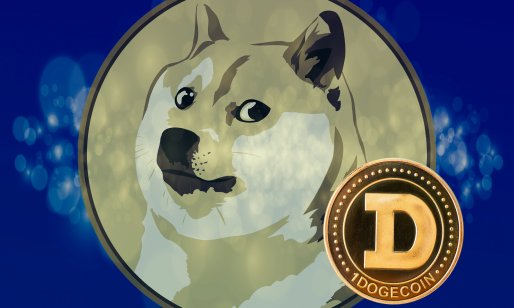CGKY News Hub
Your go-to source for the latest insights and trends.
Doge Coin: The Meme That Became Money
Discover how DogeCoin transformed from a meme into a cryptocurrency sensation! Uncover the story and invest in the hype today!
The Rise of Doge Coin: From Internet Meme to Cryptocurrency Success
DogeCoin originated as a lighthearted Internet meme featuring the Shiba Inu dog, but it has since taken the cryptocurrency world by storm. Initially launched in December 2013 as a joke by software engineers Billy Markus and Jackson Palmer, DogeCoin quickly gained traction as a fun and accessible way for people to tip content creators online. Its appeal lies not just in its humorous origins but also in its community-driven approach, fostering a sense of belonging among users. In recent years, DogeCoin has transitioned from a mere meme to a legitimate cryptocurrency with a market capitalization exceeding billions of dollars.
The rise of DogeCoin has been meteoric, fueled by social media buzz and endorsements from celebrities like Elon Musk, who famously tweeted about the coin. The cryptocurrency's value skyrocketed, attracting both small investors and large institutions. In addition, its underlying technology, based on the Scrypt algorithm, allows for quick transactions and minimal fees, making it an attractive option for everyday purchases. As DogeCoin continues to evolve, it challenges traditional notions of cryptocurrency, showcasing the power of community and the potential for even memes to yield financial success.

How Doge Coin Revolutionized the World of Digital Currency
Doge Coin, originally created as a joke in 2013, has significantly impacted the world of digital currency, transforming how we view and interact with cryptocurrency. Its Shiba Inu mascot and lighthearted branding attracted a devoted community, resulting in a viral phenomenon that captured the attention of investors and the general public alike. Unlike many cryptocurrencies that aim to solve complex financial issues, Doge Coin embodies a community-driven ethos, promoting tipping and microtransactions with minimal fees. This focus on accessibility helped propel Doge Coin into mainstream awareness, particularly through social media platforms, where its users share memes and harness a fun spirit to promote adoption.
The revolution brought about by Doge Coin is not just anecdotal—it has fostered a culture of community engagement and investment that has enabled it to achieve significant market capitalization. Major milestones, including endorsements from celebrities and figures like Elon Musk, have driven public interest and investment in the cryptocurrency sector as a whole. Furthermore, Doge Coin has been utilized for various charitable causes and fundraising events, highlighting its potential as a medium for goodwill. As a result, it has demonstrated that digital currency can be both profitable and socially responsible, making it a unique contender in the ever-evolving landscape of digital finance.
Is Doge Coin a Good Investment? What You Need to Know
As a cryptocurrency that started as a meme, Doge Coin has gained significant traction among investors and the general public alike. When considering whether Doge Coin is a good investment, it's crucial to understand its market performance and potential. Over the years, Doge Coin has seen substantial volatility, often influenced by social media trends and endorsements from high-profile individuals like Elon Musk. While some investors have capitalized on its rising popularity, others caution that its value is largely speculative and could lead to sudden losses.
Before investing in Doge Coin, potential investors should conduct thorough research and consider the inherent risks associated with cryptocurrency investments. Doge Coin operates on a decentralized platform and lacks the same technological fundamentals as more established coins like Bitcoin. Therefore, diversification of investment and a clear understanding of market dynamics are critical. For those still interested, examining analyses from reliable sources, such as CoinDesk and CryptoCompare, can provide valuable insight into current trends and forecasts.